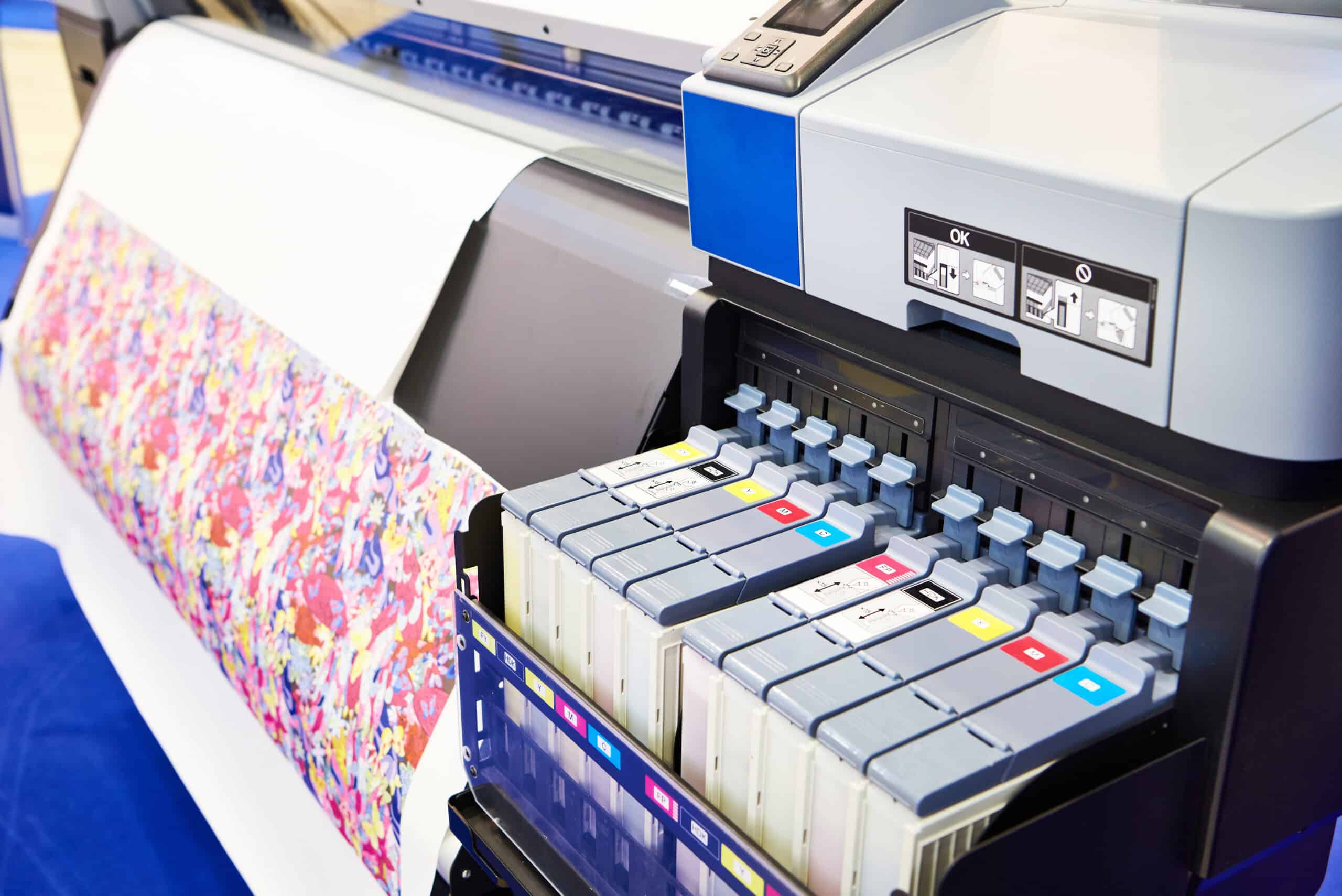
A Beginner’s Guide to Sublimation Printing
Sublimation printers are a versatile and exciting way to bring your designs to life on a variety of surfaces, from apparel and accessories to home décor items. If you’re new to the world of sublimation printing, you’re in for a creative adventure. In this beginner’s guide, we’ll walk you through the basics of durable sublimation blanks for heat transfer projects, and the equipment you’ll need.
What is Sublimation Printing?
Sublimation printing is a unique method of transferring dye onto a substrate, such as fabric or ceramics, by using heat. Unlike traditional inkjet or laser printing, sublimation ink transforms from a solid to a gas without passing through a liquid phase. This allows the ink to bond with the material at a molecular level, resulting in vibrant and long-lasting prints.
Equipment Needed
- Sublimation Printer: The heart of the sublimation printing process is the sublimation printer. These specialised printers are designed to handle sublimation inks and transfer the dye effectively.
- Sublimation Inks: Sublimation ink is unique in that it turns into a gas under heat. Make sure to use inks that are compatible with your sublimation printer.
- Sublimation Paper: Sublimation paper is designed to hold the ink and release it when heat is applied. It’s essential for the transfer process.
- Heat Press: A heat press is used to apply heat and pressure to the sublimation paper and substrate, causing the ink to transfer and bond with the material.
- Substrates: Substrates are the materials you’ll be printing on, such as polyester fabric, ceramic mugs, or aluminium plates. Make sure the substrate is compatible with sublimation printing.
The Sublimation Printing Process
- Design Your Artwork: Start by creating or selecting the design you want to print. Ensure your design is in a digital format, as sublimation printing requires digital files.
- Print Your Design: Load sublimation paper into your sublimation printer and print your design. Be sure to use the appropriate colour profiles and settings to ensure accurate colours.
- Prepare the Substrate: Place your substrate (e.g., a polyester T-shirt) on a flat and clean surface. If you’re printing on fabric, ensure it’s pre-washed to remove any sizing or residues.
- Transfer the Design: Position the sublimation paper with your printed design onto the substrate, ensuring that the printed side is facing down on the material
- Heat Press Operation: Set your heat press to the correct temperature and time according to the manufacturer’s instructions. Then, carefully place the substrate and sublimation paper inside the press and apply even pressure.
- Transfer Process: When the heat press reaches the right temperature, the sublimation ink on the paper will turn into a gas and penetrate the substrate. The heat press will typically have a timer to indicate when the process is complete.
- Remove and Cool: Carefully remove the substrate from the heat press and let it cool. As it cools, the ink will solidify, creating a permanent, vivid image on the material.
- Finished Product: Your sublimation print is now complete, and you can enjoy your personalised item or garment.
Sublimation printing offers a world of creative possibilities, making it an excellent choice for those looking to start a custom printing business or simply create unique and personalised items. This beginner’s guide should help you get started with the basics of sublimation printing. As you gain experience, you can explore more advanced techniques, substrates, and designs to take your sublimation printing skills to the next level. Happy printing!